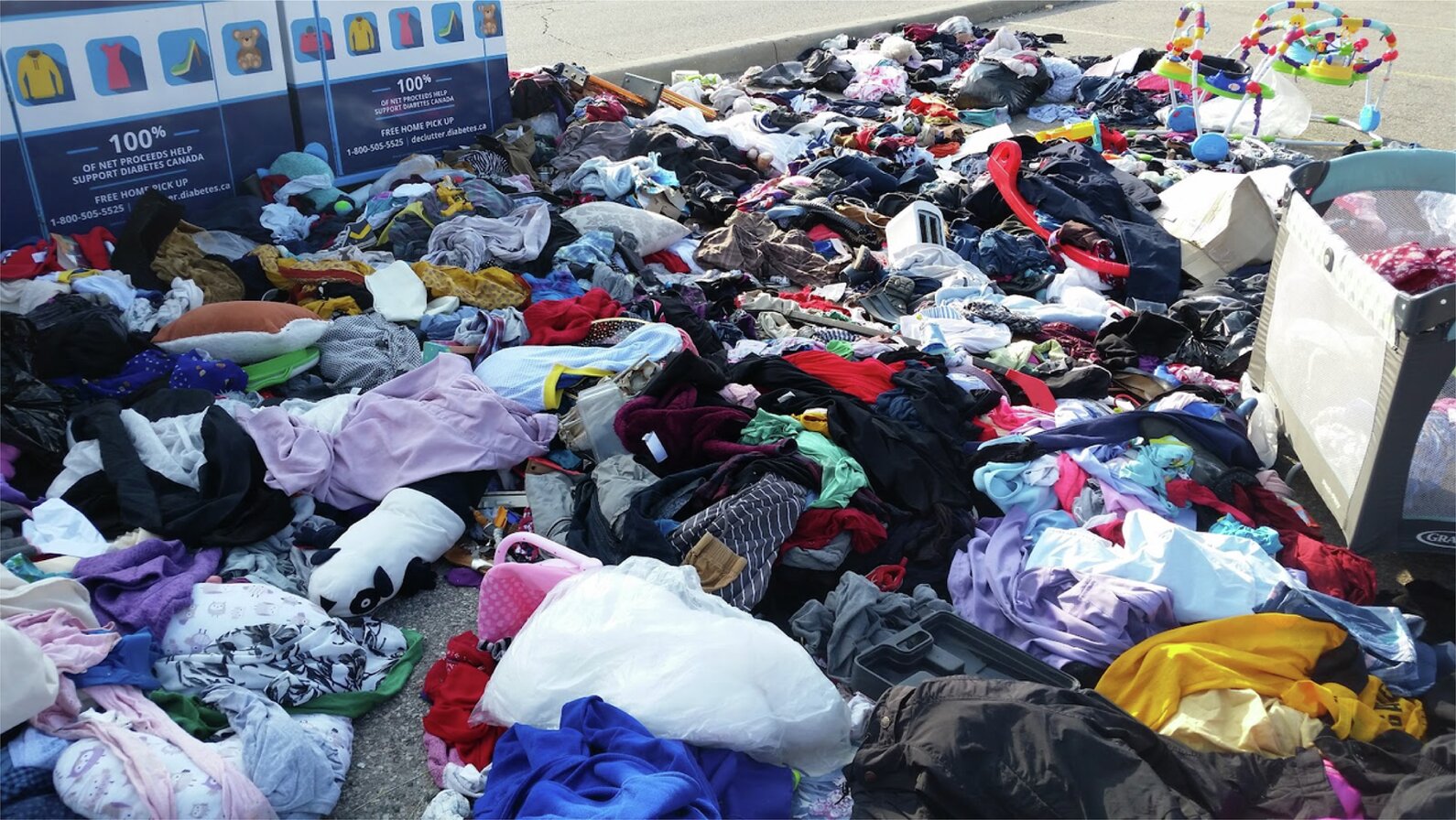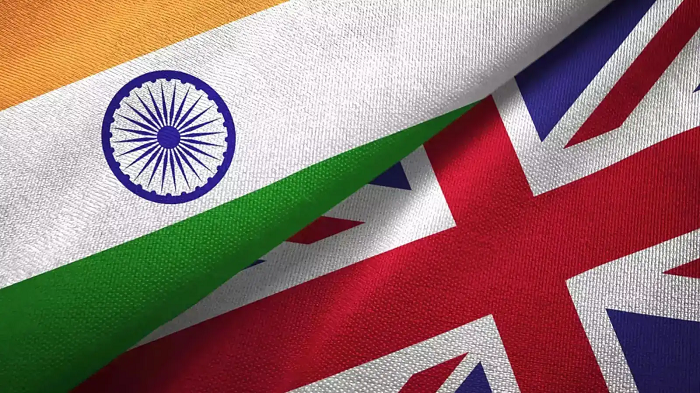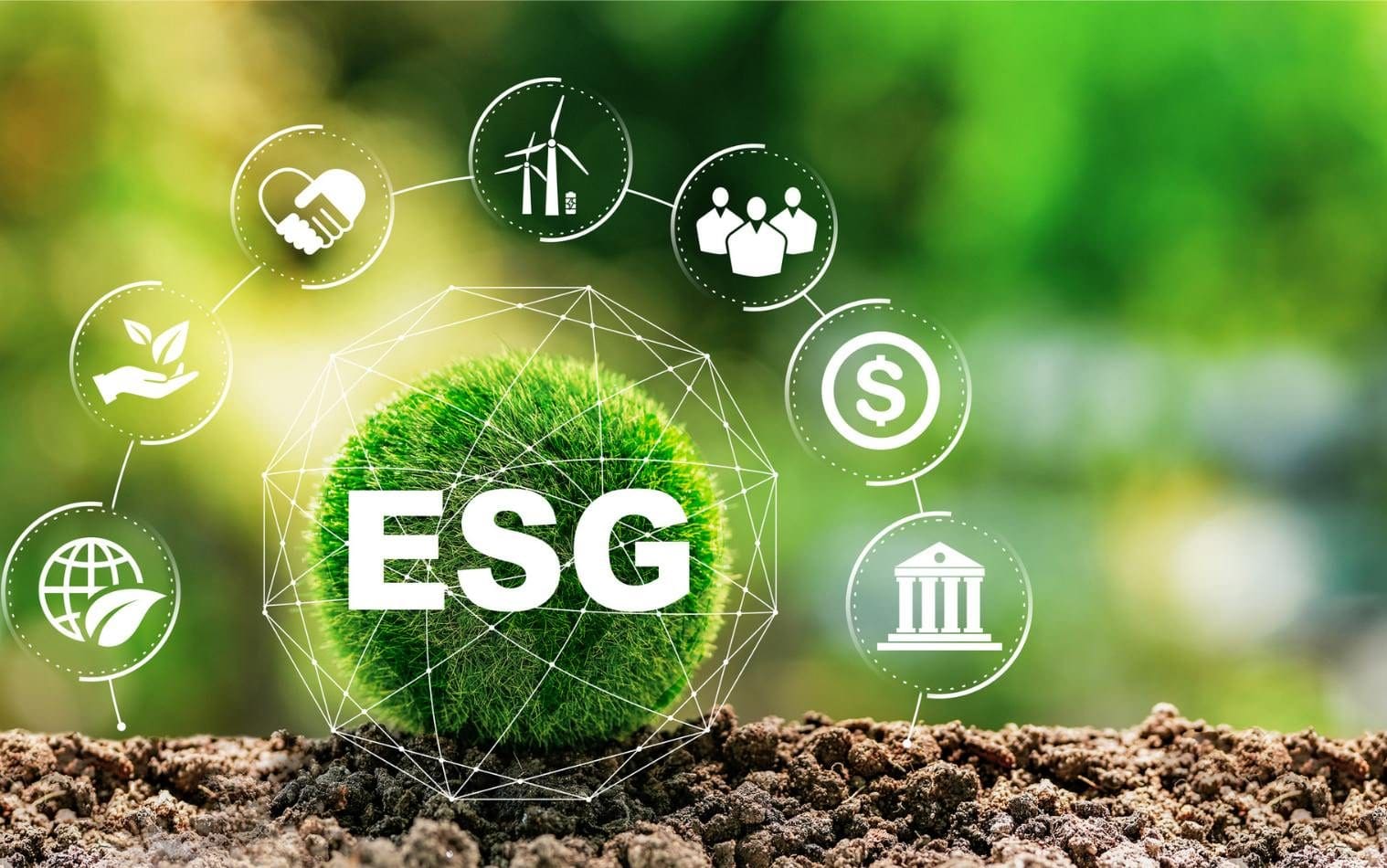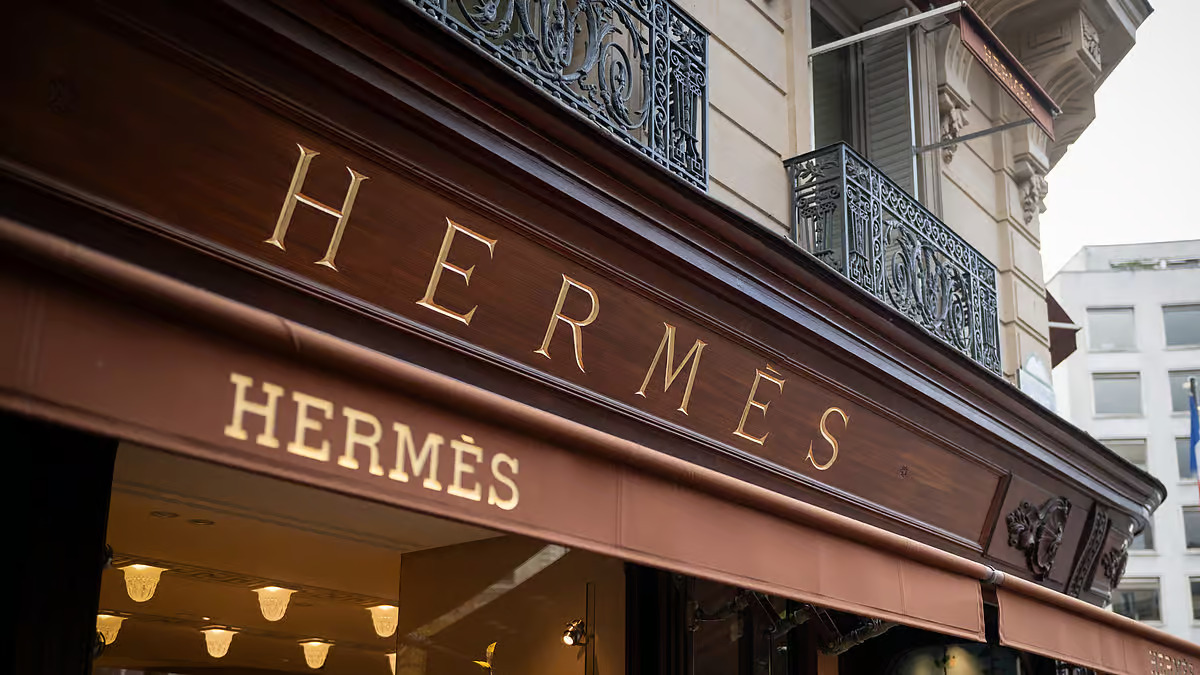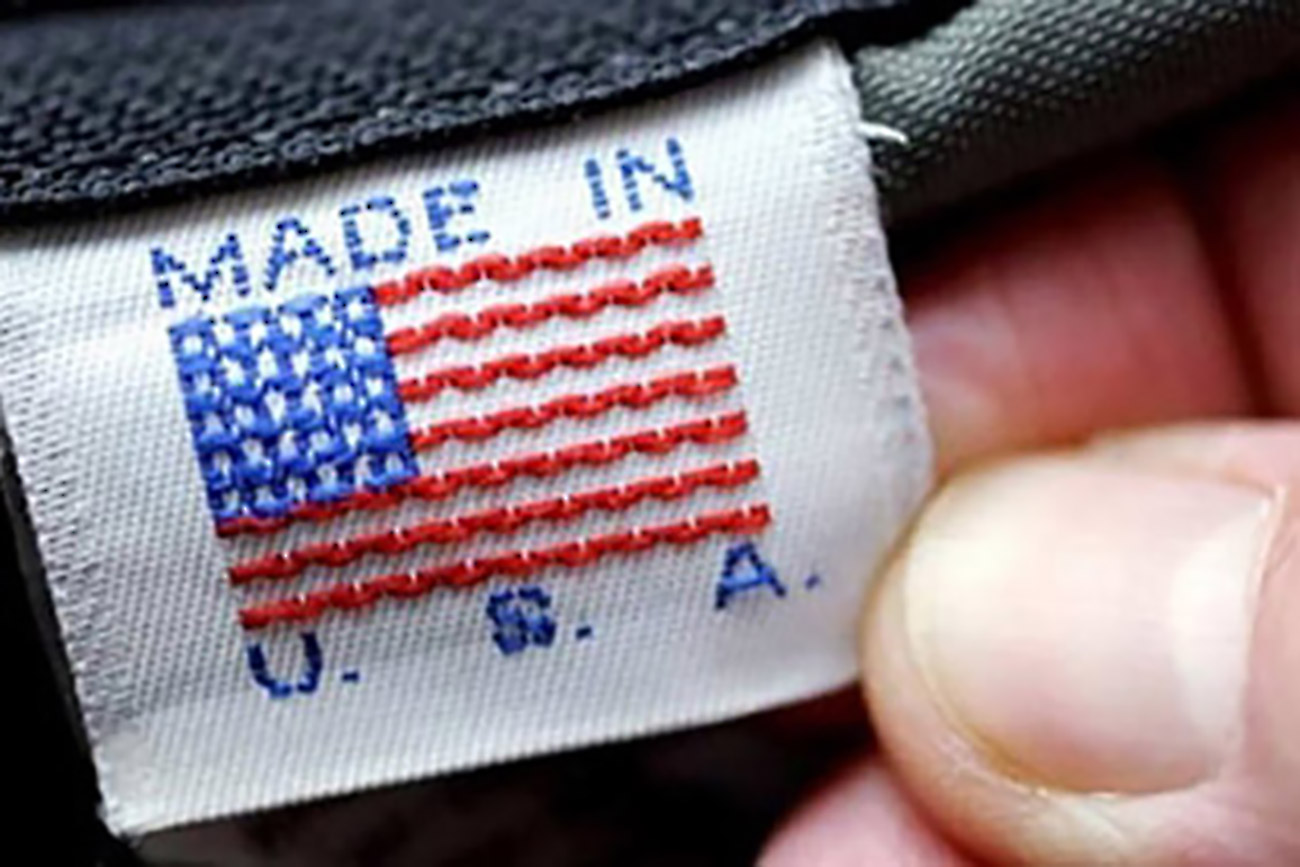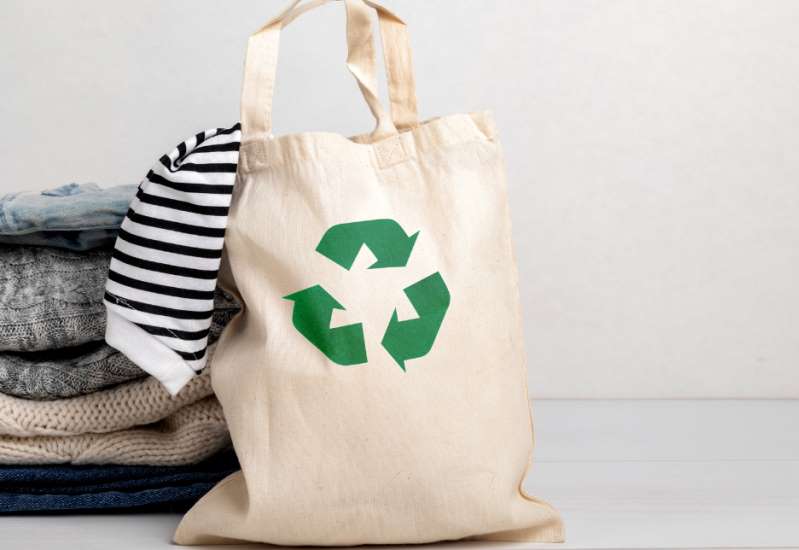FW
Sign and Graphic Imaging (SGI) was held in Dubai from January 10 to 12, 2016. A variety of equipment and software solutions for all kinds of work related to signage, retail, digital printing and finishing: print fabrication, finishing, textile, screen as well as digital printing, digital signage and retail were showcased.
The brought new state-of-the-art machinery to the region while underlining its importance for the printing industry. In bringing the newest and most sophisticated machines and software solutions, the event made it possible for print service providers to stay up to date thus enabling them to realise new applications and increase business.
There were more than 400 exhibitors and more than 13,000 visitors from all around the world. A hot topic was digital textile printing that not only caters to soft signage but now also puts its mark on interior design - be it personalised and individualised solutions or short run.
Latex, solvent-UV and UV-LED printers and recyclable, environmentally friendly consumables were presented at the show. A multitude of different signage applications and creativity surrounds today's business environment.
The next edition of the show will also be in Dubai, January 15 to 17, 2017.
www.signmiddleeast.com/
India is likely achieve just over 90 per cent of its garment export target in the current fiscal, despite the sector putting up a better show than textiles and many other merchandise segments. Apparel exports may just about cross $17 billion in 2015-16, compared with the target of $18.73 billion for the fiscal, as outbound shipments to key markets like the US and Europe remained lower than expected due to an economic slowdown, they added.
The garment segment still witnessed a 5 per cent rise in exports in December from a year before and a 2.8 per cent increase during the April-December period to $12.47 billion, far outpacing an 18 per cent contraction in the country’s overall exports, points out Apparel Exports Promotion Council (AEPC) chairman Ashok G Rajani.
Last fiscal, the country’s overall textile and garment exports grew roughly by 5 per cent to $41.4 billion from a year before, but still lower than the official target of $45 billion for 2014-15. The government has set the target for the textile and clothing exports at $47.5 billion for 2015-16.
The percentage of women in Bangladesh’s apparel sector has reached 65 per cent. Men make up 35 per cent. Earlier the engagement of women workers was estimated to be 80 per cent. This means men have ramped up their share. Women workers in the woven sector have a 71 per cent share. It’s 54 per cent in sweater factories, 58 per cent in knitwear factories.
Nearly 1.4 million male and 2.6 million female workers are currently working in the country’s garment industry. The average experience of workers in the industry varies between grades. The youngest ones (in grade 7) have been working for about three years on an average, while workers in grade 1 have been working for about 12 years. About 86 per cent of the factories are direct exporters, 8.6 per cent are engaged in both direct exports as well as sub-contracting from others while 5.5 per cent are only sub-contractors.
Nearly 60 per cent of workers earn their living from the garment industry alone. In terms of asset ownership, 86 per cent have mobile phones, 68 per cent have television, 84 per cent have electric fans, 75 per cent have own home and 28 per cent have gold ornaments.
Indonesia intends to voice its concerns and negotiate a few issues with the Trans-Pacific Partnership (TPP) signatories before officially joining the US-led multilateral trade cooperation. It would take another year for TPP ratification to complete and during that time the country would thoroughly discuss its concerns surrounding the TPP. Under the state-owned enterprises clause, the TPP treaty requires member countries to ensure equal treatment for state-owned enterprises (SOEs) and private businesses, especially when SOEs receive government backing to engage in commercial activity. The country would negotiate the matter, especially given the fact that the Constitution mandated that the state was to control natural resources for the people’s welfare.
Textile business associations, meanwhile, highlighted benefits for Indonesia’s textile and footwear industry if the country joined the TPP as the products would be subject to zero per cent tax, making Indonesia competitive with regional counterpart Vietnam, which has joined the TPP.
To further review the benefits and negative impacts of joining the TPP, the Indonesian government will form teams to review future trade agreements and partnerships. Negotiations on the TPP were concluded in October last year by 12 signatory countries, namely Australia, Brunei Darussalam, Canada, Chile, Japan, Malaysia, Mexico, New Zealand, Peru, Singapore, Vietnam and the US.
Bread & Butter Now will take place in Germany from September 2 to 4, 2016. This is a German street wear trade fair. The three-day event will host latest fashion innovations, interactive fashion shows, concerts and a conference on digital future of fashion. The collections on display will not be of next season, but thost that will be available immediately, as reflected in the name of the show ‘Bread & Butter Now’.
The show enables customers and brands to get in touch directly – online and offline and experience the best of fashion in a digital age. It focuses on fashion as well as music and lifestyle.
German e-tail giant Zalando acquired the -bankrupt trade fair last June with the aim of transforming it into the ultimate consumer event and creating something new and inspiring for the fashion industry. The revamped trade fair is set to showcase the latest innovations in fashion, including interactive catwalks shows, concerts and a conference during which industry insiders will discuss the digital future of the fashion industry. And the products and innovations presented at Bread & Butter will reflect the latest trends in digital innovations.
Platform Fashion will be held in Germany, January 29 to 31, 2016. This is the fifth edition of the fashion show offering numerous innovations for the upcoming season. Brands and select institutions will unveil their collections on the catwalk.
Trade visitors will be offered a freely accessible contact point for intensive discussions. Also, a pop-up area for selected designers, an innovative sparkle store, various seating lounges and a separate press section with free internet access will be available.
The goal of the event is to offer interested fashion labels the opportunity to show their new collections to an interested audience in a professional framework. Visitors can attend lectures around innovative themes related to fashion industry. Fashion blogging portal Styleranking will feature the Fashion Blogger Café.
In addition to labels and institutions whose collections have been shown in the past on the catwalk, fashion shows presented by partners will be exhibited on Platform Fashion for the first time. Fashion houses will present the highlights of their current collections and exhibit the latest trends of their offerings in this particular context.
Platform Fashion will create an experience for different target groups. It will provide creative content to fashion interested consumers.
platform-fashion.de/en/
The textile and apparel industry segment in Malaysia is supporting Trans-Pacific Partnership Agreement (TPP), which is expected to promote at least 30 per cent growth in export revenue for the industry. Malaysian Knitting Manufacturers Association (MKMA) president Tang Chong Chin said that the association was confident that the sector’s business growth is expected to double in five years.
Meanwhile, Malaysian Textile Manufacturers Association (MTMA) president Datuk Seri Tan Thian Poh also shared the optimism and stated that the growth would be more than the projection in the cost-benefit analysis. The textile and apparel industry to be the big gainer of the TPP, according to the cost-benefit analysis carried out by PricewaterhouseCoopers. The projected output growth for the industry is by 3.14 per cent to 3.78 per cent point, and the projected export growth is by 4.09 per cent to 4.87 per cent point.
Out of the projected investment growth amount, the estimated investment growth for textile industry is 3.42 to 4.29 percentage point. The increase in investment growth is projected to rise by $136 billion to $239 billion over 2018-2027, attributing largely to higher investment growth in textiles, construction and distributive trade.
The support by both the trade associations came barely a week before the Parliament expected to vote for the agreement. They are joining the bandwagon of other groups representing manufacturers from various sectors, namely the Federation of Malaysian Manufacturers, Malaysian Plastics Manufacturers Association, among others.
However, the Malaysian Small and Medium Enterprises Association had said about 30 per cent of SMEs risk going under once the TPP comes into force in two years as they would have trouble meeting higher labour and environmental standards under the agreement.
Russia wants to reduce its dependence on Turkish textiles and clothing. The feeling is that the creation of one’s own domestic light industry is cheaper than continuing imports of finished products from abroad. Shadowy imports of textiles into Russia are about one-third of the total supply.
It may be recalled that Turkey shot had down a Russian fighter jet over an airspace violation along its Syrian border in November, a development that has prompted Russia to introduce a number of economic sanctions against Turkey in retaliation. Having officially banned many fruit and vegetable imports from Turkey, the sanctions also included tightened custom checks on textile products.
The Republic of Dagestan is seen as a potential center for the textile and light industry. The republic has a number of advantages over other regions, including the presence of an increasing number of idle hands, the traditional love for working with fabrics etc. Until now, it only lacked investment and political will to realise the idea into practice.
In the meantime Chinese and Indian companies have mobilised all means to replace their Turkish counterparts in Russia. Even Italians have, in recent times, taken some steps to boost their presence in the Russian market.
Turkey’s ready-to-wear textile exports slid 10.3 per cent year-on-year in the first 11 months of 2015.
Despite difficulties, China is still the world leader in textiles with $170 billion worth of garment exports a year. However, the trend since early last year has clearly been down, in part because of stagnant demand in world markets and, to some extent, because unit prices are down.
However, these problems have not really affected competitors in Asia viz. Vietnam, Bangladesh, Sri Lanka and Cambodia. In total, their garment exports still amount to only about 30 per cent of mainland China’s but they are all growing. The real laggard here is Hong Kong, which as late as 2002, boasted a higher value of garment exports than all the challengers combined but which has now finally vanished from the rag trade.
According to National Bureau of Statistics, the mainland’s average manufacturing wage in 2014 (the latest data available) was the equivalent of $8,300 a year. The comparable figure for Vietnam is about $3,000 and for Bangladesh about $1,000. Wage levels are not the only determinant of who moves up and or down in the industry. If they were, India with its vast population and wages at half of Vietnam’s level would export much more than Vietnam instead of only a fraction. The structural inefficiency of the Indian economy is always notable.
Global Textile machinery market is witnessing tremendous growth buoyed by growing demand of textile and apparel market, believes Sanjiv Lathia, Chairman, India ITME Society. Lathia addressed the media recently in Milan, Italy while announcing the 10th edition of India International Textile Machinery Exhibition 2016, the largest textile machinery and accessory exhibition in India which will be held from December 3 to 8, 2016 at Bombay Exhibition Centre, Mumbai, India.
Textile machinery growth on upswing Lathia explained the industry growth in India over the years. The industry witnessed a growth of 8-10 per cent to Rs 22, 000 crores in 2014 from Rs 20,000 crores in 2013. The size of India’s textile machinery industry is poised to double to Rs 45,000 crores in the next seven years from the present Rs 22,000 crores in light of new projects and emphasis on setting up textile parks. The textile machinery manufacturing section is one of the important segments of the machinery manufacturing industry in India.
Meanwhile, India’s textile and apparel industry (domestic and exports) is expected to grow from the current $107 billion to $223 billion by 2021. India is expected to be a leading textile producing country in the world by 2020. He points out, the current domestic textile and apparel market is estimated to be $68 billion which is expected to grow at 12 per cent CAGR to become $154 billion by 2020. Apparel constitutes the majority share of the market with value of $50 billion in 2013. Technical textile is a promising segment which is expected to grow fast at 18 per cent CAGR.
In global exports of textile and apparel in 2013, India occupied second position in textile exports with 7-per cent share but ranked sixth in apparel exports with 3.7-per cent share. Overall, India held second position with 5.2-per cent share of global exports. India has potential to increase its export share from present 5 per cent to 8 per cent by 2020, he opined.
In his address Lathia observed that with increasing manufacturing costs in China and issues of social compliance in Bangladesh, global buyers are looking towards sourcing destinations with costs lower than China and reliability higher than Bangladesh. Lathia said, in this scenario India stands to gain most in the long run with abundant availability of skilled manpower and a bigger and well integrated supply chain from fiber to finished product.
Lathia said, the total domestic and export market of India will grow at a CAGR of 12 per cent from present $108 billion to $243 billion in 2020 and investments worth $100 billion will be required for textile and apparel manufacturing in India to support this growth. Besides the capacity addition by existing players, India envisage the entry of major international players, in manufacturing of textile and apparel in India. Yarn manufacturing, weaving and processing are expected to attract-75 per cent of the investments.
India has the potential to become manufacturing hub in the textile machinery, with abundance of skilled labour, low cost availability of natural resources, research and development in order to ensure modern and innovative technologies are developed in the country. With a growing market and manufacturing scenario in India, textile machinery manufacturing in India will become more attractive and beneficial, Lathia concluded.
Supported by Heavy Industries Department, Ministry of Textiles, NSIC among other domestic and international organizers, India ITME-2016 is much anticipated and looked forward event by the industry.


